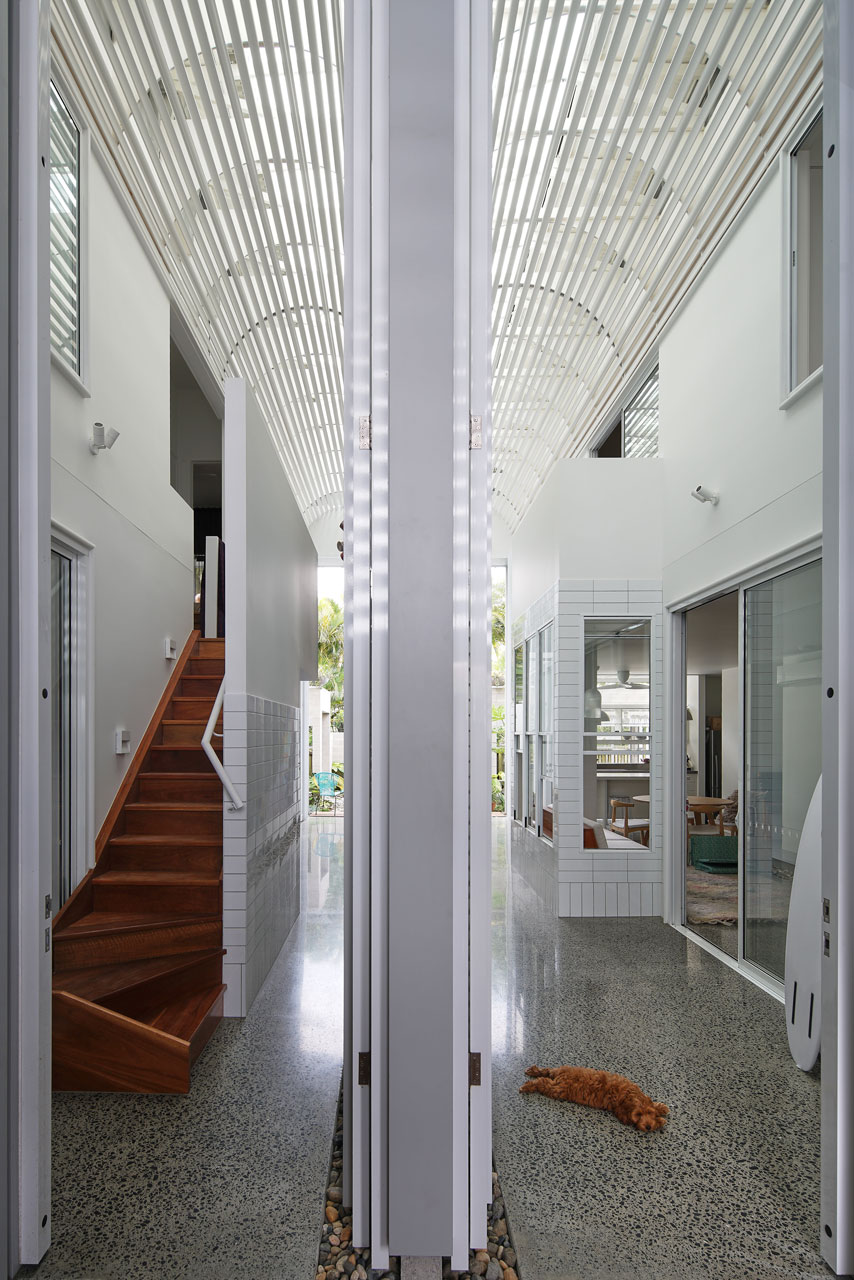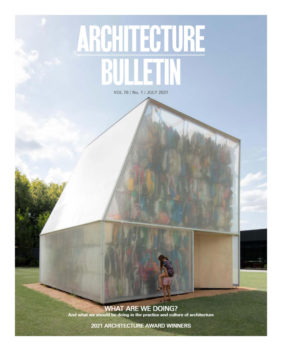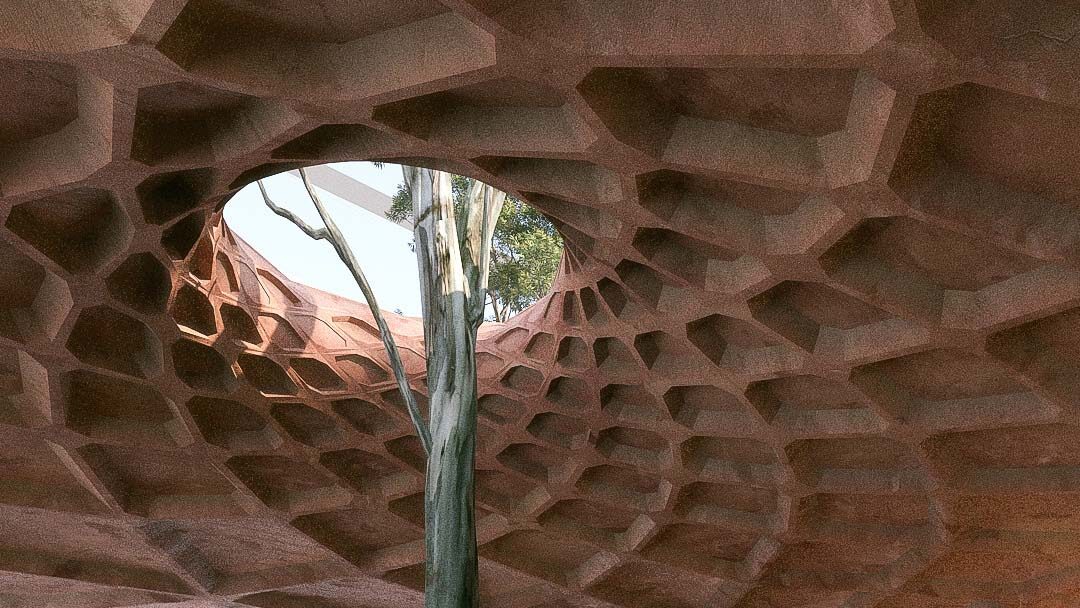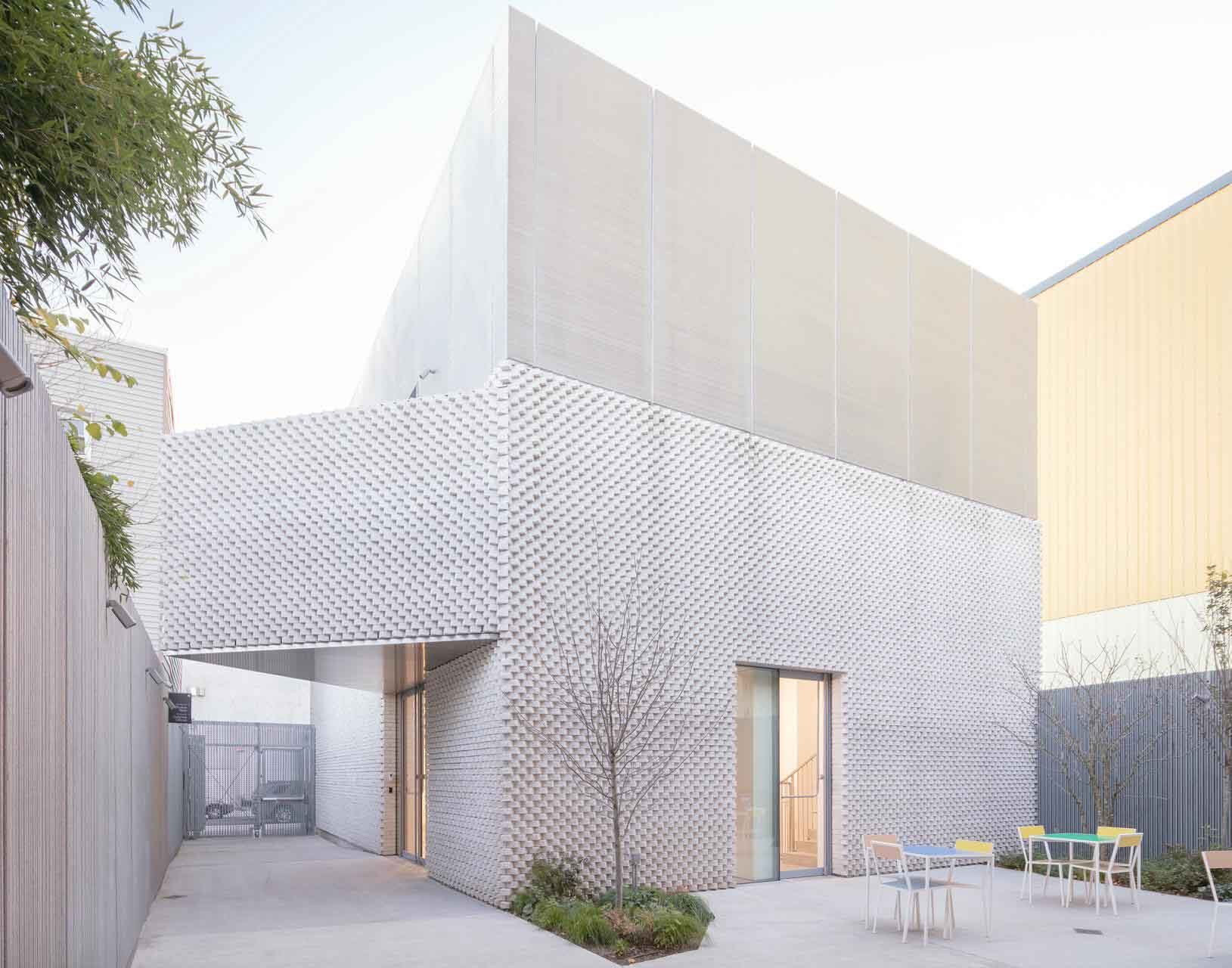OUR CONCEPT OF LIVING HAS DRAMATICALLY SHIFTED IN THE LAST SIX MONTHS. WITH THE NEED TO STAY PUT, THE COVID-19 PANDEMIC HAS FORCED EVERYONE TO CONSIDER HOW AND WHERE THEY LIVE. FOR MOST, LIFE HAS BECOME SPATIALLY SMALLER, AND THE PLACE OF LIVING – THE HOME – IS MORE IMPORTANT THAN EVER.
Far from under-appreciating our homes and looking elsewhere for meaning – as philosopher Alain de Botton suggested pre-COVID-19 – this prolonged time in our homes has led many of us to reconnect and develop a deeper relationship with them. It is not hard to imagine someone saying to their home:
“Hi, thanks for being here, I really need you at the moment,”
and it replying,
“You are welcome, it’s good to see more of you. Don’t worry, stay in and I will look after you.”
It puts a new spin on the idea of the smart home.
If this was the case, what form would this ‘looking after’ take? What makes a home our place? What do we really need? What is most important? Is it the detached three-bedroom brick house with pool and gazebo and the two-car garage? Or is it something else, are we missing something?
One group who necessarily spend more time in their homes – older people – can give us some hints. They’ve been there. A study of innovative housing for older people in Europe, The NANA Project, found a number of common but simple features that foster comfort, calm and security.
For example, it made the overwhelming observation that older people really liked large windows. Seems simple right? But it wasn’t just the natural light, sun and outlook – the functional aspects. It was what windows represented – connection to the outdoors, observation of life, not feeling isolated. Rooms with large windows were seen as happy places. In an isolation sense, would something as simple as a large window bring more joy than a large, rambling house?
The same study made other observations – access to the outdoors, flexible and adaptable spaces, the familiarity and comfort of small things, and, significantly, activity or something to do as important features of homes for older people.
These are also desirable features in a lockdown situation.
These design features are elements that celebrate living and make it more enjoyable. They are all simple to achieve and not necessarily spatially dependent. To be clear, this is not advocating tiny houses but rather, being smarter (and more caring!) with our use of space to get the most out of it.
But what else has the pandemic highlighted about the places we live? Lockdown and the consequent isolation haunted many people, prompting renewed discussion about multi-generational living. Multi-generational housing, where three generations live together but separately in the one building or allotment, has become an increasingly popular form of living. With current concerns around housing affordability for younger people and the needs and treatment of older people, this form of housing has many self-evident advantages: cost savings; reciprocal forms of care; and, community and sustainability just for starters. In a lockdown situation, it is even more ideal, maintaining isolation while providing connection that isolation otherwise prevents.
Forward thinking families have already bought into existing four-unit apartment blocks, for example, but this form of living can be readily facilitated by the new Low Rise Housing Diversity Code. Will COVID-19 make this type of housing more popular?
The COVID-19 pandemic has been a disaster, but it has highlighted the importance of the places and spaces we call home – whatever and wherever that means – with things to do in places we know and the people we love around us. This will be different for everyone. It is one reason houses are so interesting and occupy a central and dominant part in architecture; it is where our personal day-to-day lives meet architecture.
As architect and academic Kim Dovey (1985) once put it:
‘Home is a place of security within an insecure world, a place of certainty within doubt, a familiar place in a strange world, a sacred place in a profane world. It is a place of autonomy and power in an increasingly heteronomous world where others make the rules.’
Whatever a person’s idea of home heaven is, a home that can be there for them and respond to a person’s real (as opposed to imposed and perceived) needs is likely to be a true friend, whatever life throws at us.
Notes
De Botton, Alain. (2011) ‘The idea of home,’ in The Independent
Dovey, Kim (1985) ‘Home and Homelessness: Introduction’, in Altman, Irwin and Carol M. Werner eds. Home Environments. Human Behavior and Environment: Advances in Theory and Research. Vol 8. New York: Plenum Press
Guy Luscombe is the Sydney Director of System Architects, a New York-based architectural practice.
This article was written in response to the NSW Chapter Editorial Committee’s call for contributions in a context of crisis, seeking perspectives on What are we doing?




